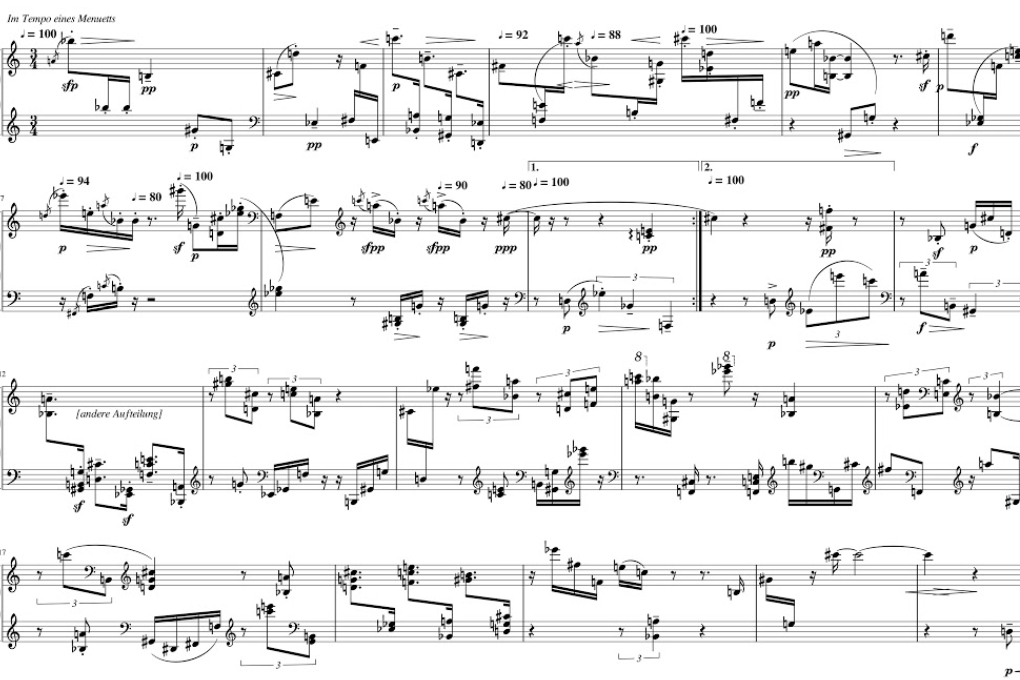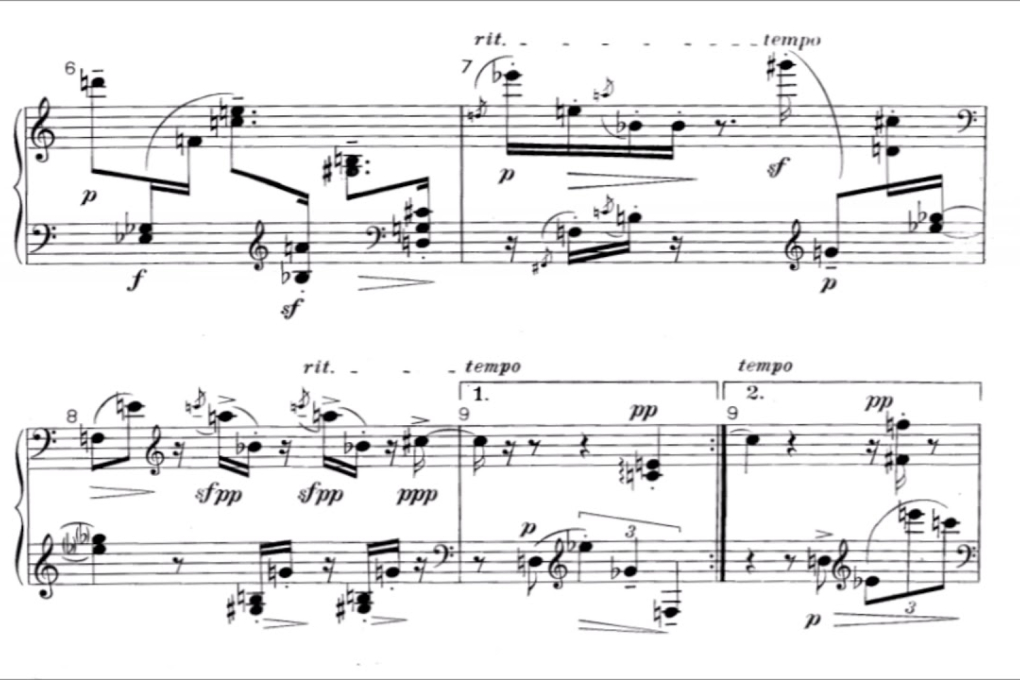
Not long ago, I came across a tiny but powerful piece by Austrian composer Anton Webern. Written a hundred years ago, Klavierstück is only a few minutes long, yet it carries deep emotion and incredible precision. There’s something about its quiet nature that immediately caught my attention. It felt like every single note was placed with care, like words in a poem where silence is just as important as sound.
Why This Piece Mattered to Me
I’ve always been drawn to music that leaves space for thought—music that doesn’t shout but instead whispers something meaningful. Webern’s twelve-tone technique, which avoids traditional melodies and uses all twelve notes of the scale in a fixed order, fascinated me. It felt like solving a puzzle while listening to a story. I knew I didn’t want to just play this piece—I wanted to explore it in my own way.

Staying Close to the Original Spirit
When I sat down at the piano, I didn’t change Webern’s notes. His structure is clear, almost mathematical, and I respected that. I focused on giving each note its own space, allowing the natural pauses to speak. The silence between the sounds is part of what gives the piece its power. I tried to let the music breathe instead of rushing through it.

Bringing in a Second Voice
But I didn’t stop with just the piano. I wanted to see what would happen if I added something from today’s sound world—something electronic, soft, and unpredictable. So I brought in a gentle synthesizer layer, shaped by slowly changing patterns called LFOs (low-frequency oscillators). These created textures that drifted in and out, like light dancing on water. They didn’t compete with the piano—they floated around it, adding color and motion.

Finding the Balance
This wasn’t about turning Webern’s piece into something completely new. It was more like starting a quiet conversation between old and new, between control and chance. The piano gave the piece its shape and discipline. The synth added warmth, mystery, and a little chaos. Somehow, they fit together—each part making room for the other.
A Personal Journey
For me, this performance was more than a musical experiment. It was a way to connect across time. It was my way of saying thank you to a composer who dared to be quiet in a noisy world. By adding my voice, I hoped to bring something fresh while still honoring the delicate beauty of Webern’s original.
Reimagining Klavierstück wasn’t about changing it—it was about opening a door. Music from the past doesn’t have to stay frozen. With care and curiosity, it can keep speaking to us in new ways and new sounds. And sometimes, even a whisper from a century ago can still be heard—clearly and beautifully.

